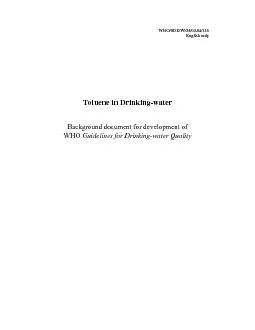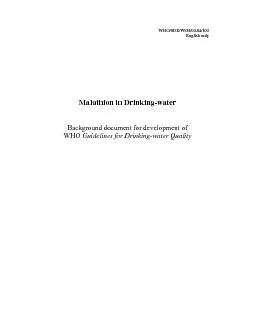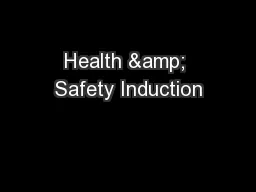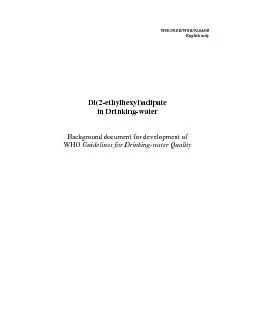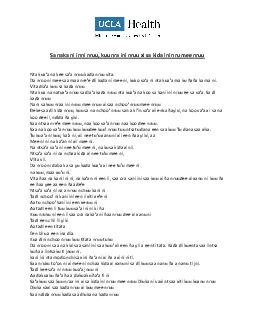PDF-During the preparation of health criteria documents and at experts mee
Author : faustina-dinatale | Published Date : 2015-11-17
Acronyms and abbreviations used in the text CAS Chemical Abstracts Service EU European Union GLP Good Laboratory Practices IUPAC International Union of Pure and
Presentation Embed Code
Download Presentation
Download Presentation The PPT/PDF document "During the preparation of health criteri..." is the property of its rightful owner. Permission is granted to download and print the materials on this website for personal, non-commercial use only, and to display it on your personal computer provided you do not modify the materials and that you retain all copyright notices contained in the materials. By downloading content from our website, you accept the terms of this agreement.
During the preparation of health criteria documents and at experts mee: Transcript
Download Rules Of Document
"During the preparation of health criteria documents and at experts mee"The content belongs to its owner. You may download and print it for personal use, without modification, and keep all copyright notices. By downloading, you agree to these terms.
Related Documents

